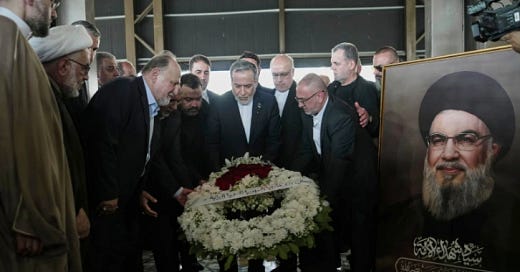Editor’s Note: Chinese scholar Zhu Zhengyu offers the insight that Trump’s transactional approach prioritizes Iran over Ukraine in his vision of the American empire.
Keep reading with a 7-day free trial
Subscribe to China Academy Newsletter to keep reading this post and get 7 days of free access to the full post archives.




